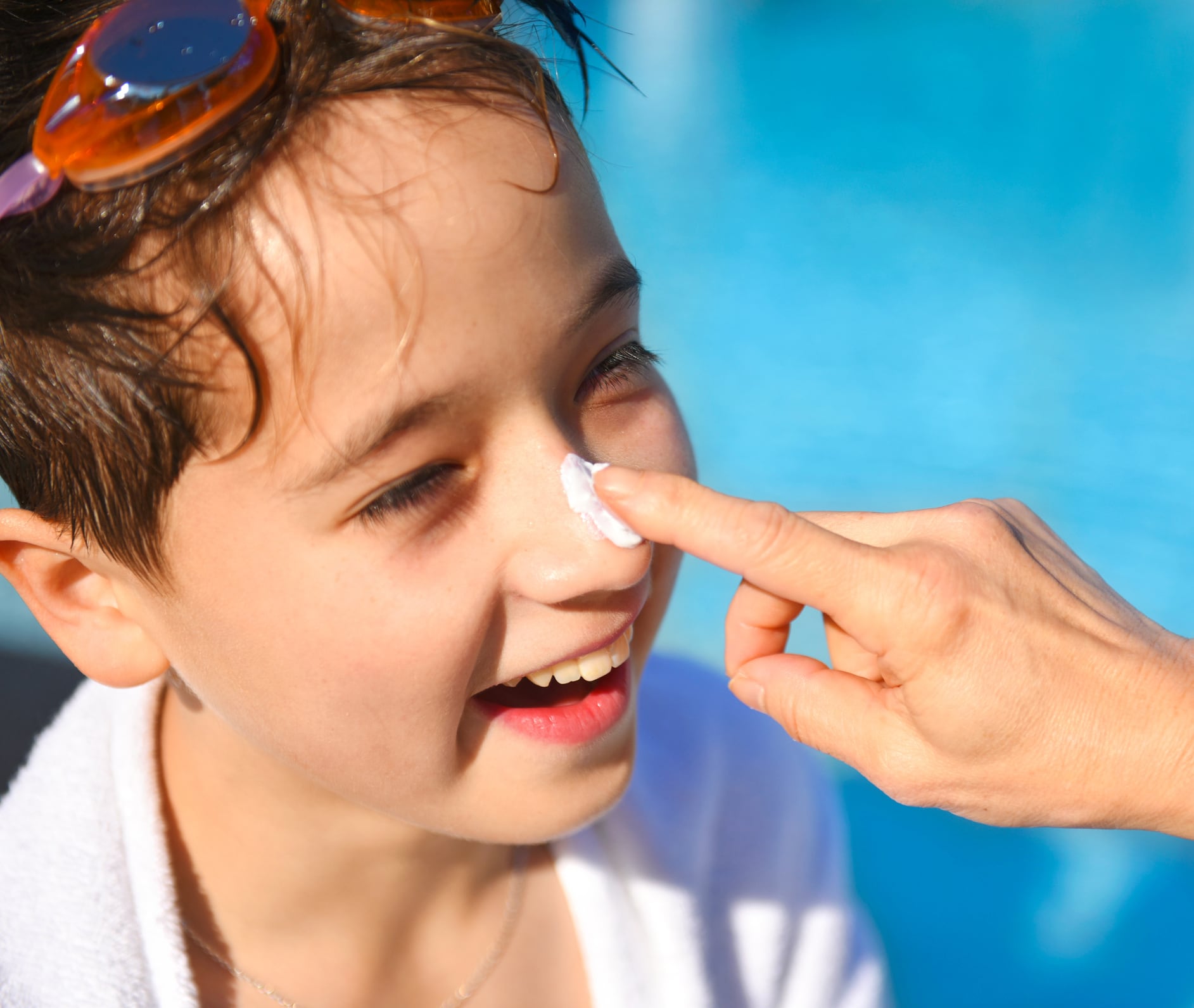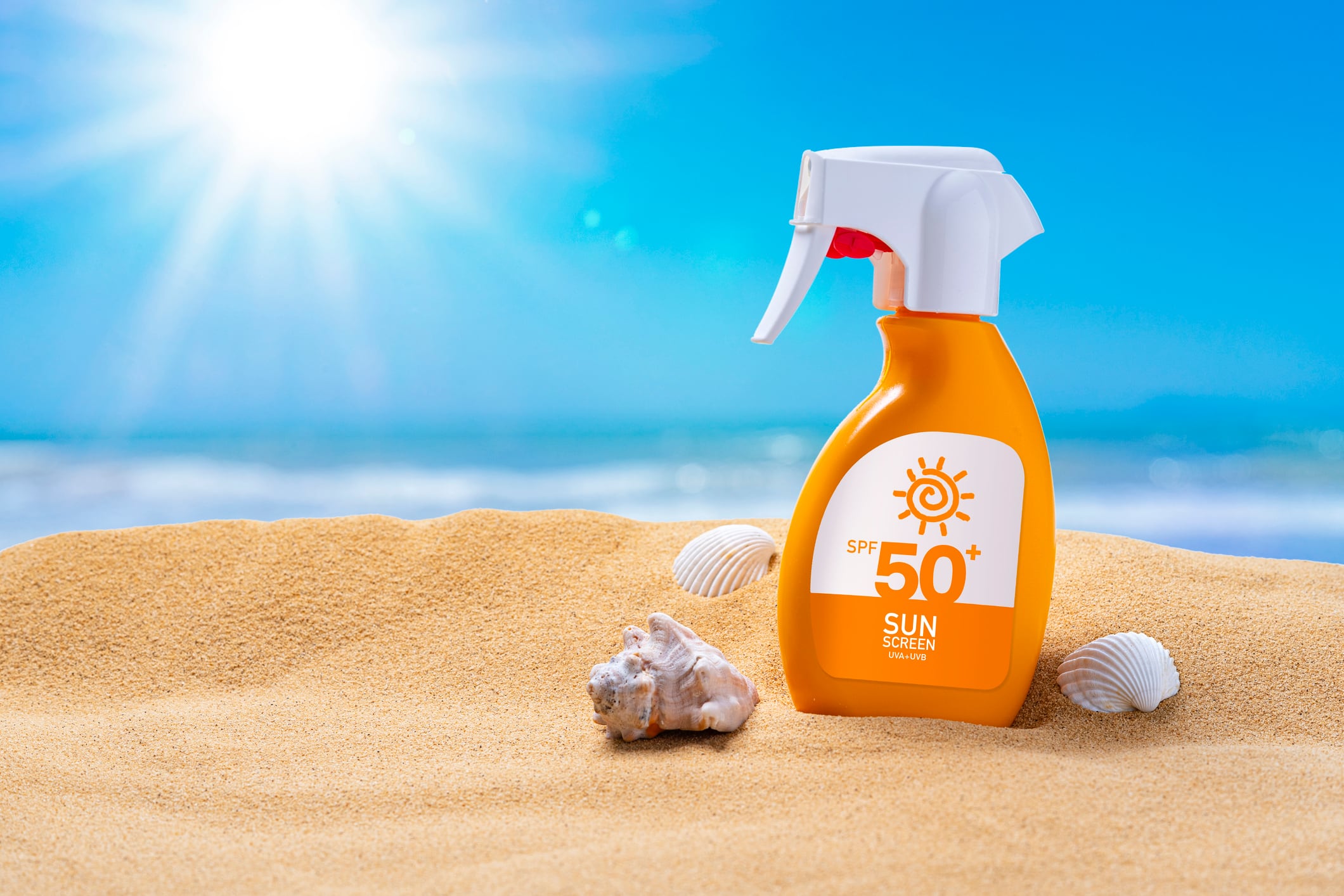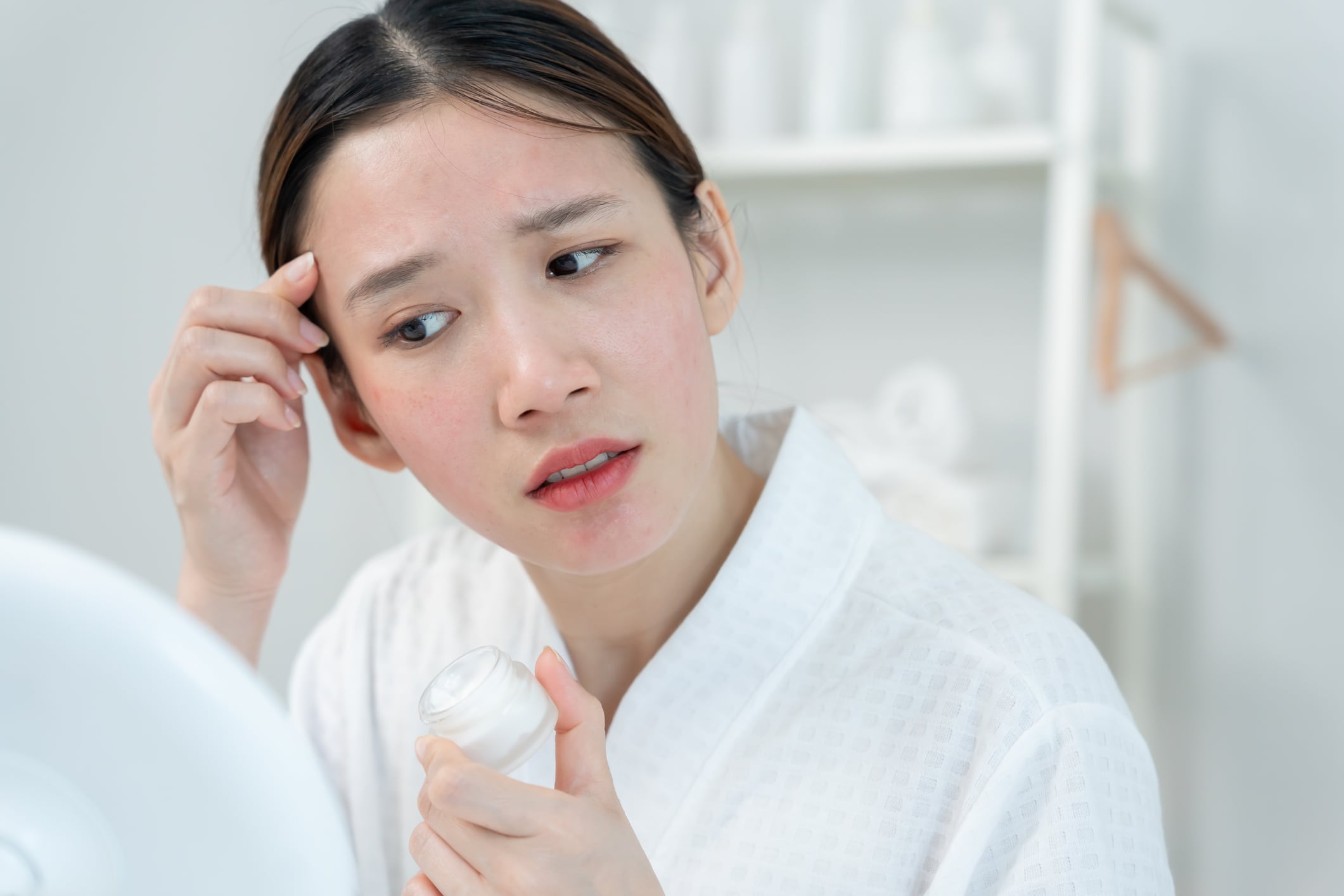The study, published by Chinese children’s personal care brand Hi!Papa, detailed a new sunscreen technology that applied advanced materials from mobile phone manufacturing to skin care, establishing a new international benchmark.
The authors said the material tackled three persistent drawbacks of standard spherical TiO₂ nanoparticles — white cast, phototoxicity from free radicals under sunlight, and particle penetration into outer skin layers.
The paper described sheet-like TiO₂ that looked nearly invisible on skin, generated far fewer reactive oxygen species (ROS), and showed minimal skin penetration. Additionally, it stated that adding small amounts of metals like iron could extend protection into UVA without sacrificing clarity.
Why this matters for mineral sunscreen development
Mineral sunscreens rely on metal oxides, mainly TiO₂ and zinc oxide, as they are stable in sunlight and can deliver broad-spectrum protection. However, conventional “0D” TiO₂ (roughly 100-nanometer spheres) often clumps and scatters visible light, which produces a visible white film that many consumers reject, especially on deeper skin tones.
There are also safety debates — small particles near the size of gaps in the stratum corneum can sometimes slip inward and under UV, regular TiO₂ can act like a tiny catalyst that makes ROS, which are short-lived, aggressive molecules that can damage cells if uncontrolled.
The 2D format was designed to avoid these problems. Its ultra-thin sheets let visible light pass through more easily, so the film looks clear on skin. Furthermore, TiO₂ still absorbs UV effectively, so protection remains high.
The researchers also found that the 2D structure short-circuited the chemical steps leading to ROS under sunlight, making it less likely to generate harmful free radicals.
At the same time, the large, flat shape helps the sheets stay on the surface rather than slipping into the skin’s outer layers.
Lower phototoxicity with fewer free radicals
A key safety concern with metal oxides is phototoxicity — the risk that sunlight energises the material and triggers unwanted chemistry on skin. Standard TiO₂ can generate electrons and holes under UV that react with oxygen and water to create ROS, driving inflammation, speeding visible ageing, and increasing the risk of DNA damage in lab models.
The researchers observed that the 2D material showed roughly five times lower activity than the 0D control. They did not detect ROS from the 2D material under the test UV exposure, while the control produced a signal.
Cell tests also supported the safety profile. In human skin fibroblasts and HeLa cells, both materials were essentially non-toxic without UV.
With UV, the 0D control reduced cell survival, while the 2D material had little to no effect. This meant the 2D format would be less likely to trigger harmful chemistry in real-world use.
Minimal skin penetration reduces exposure risk
Penetration is another hot-button topic. In a standard Franz diffusion cell test with a synthetic skin model, the 2D material showed a penetration of about 0.96% by weight after 24 hours, while the 0D control reached about 77.2%. The 2D curve flattened early, suggesting the sheets helped form a surface layer that limited further movement.
On pig skin, which behaves similarly to human skin, fluorescent imaging showed the 2D material staying on the surface four hours after application. The 0D control penetrated more than 20 micrometres into the tissue over the same period.
Tuneable coverage
Pure TiO₂ is strongest in the UVB range. To boost UVA protection, brands often add zinc oxide or combine mineral filters with organics. The authors tested another path: they placed a small amount of iron into the 2D TiO₂ crystal lattice to shift optical behaviour (a process known as “doping”).
The iron-doped sheets showed broader absorption that extended into UVA while keeping high visible transmission, meaning the same clear film blocked a wider slice of UV without turning white.
For product strategy, this flexibility matters. A transparent, low-ROS, low-penetration 2D TiO₂ being able to cover UVA and UVB more evenly may allow manufacturers to reduce the number of filters in their formulas, simplify compatibility work, and still meet UVA metrics such as UVA-PF and critical wavelength.
It could also free room for texture improvements, since fewer actives can allow a lighter film.
Prototype results
The team prepared simple oil-in-water emulsions with 4% by weight of either the 2D or 0D TiO₂ and tested versions that included a small amount of organic UV filter to strengthen UVA coverage.
On human skin in a simple patch comparison, the 2D formula looked close to bare skin, while the 0D control produced a visible white cast.
In additional in vivo tests, a 4% iron-doped 2D TiO₂ cream outperformed selected commercial sunscreens on UV protection efficiency, while keeping a clear appearance and low-phototoxicity profile.
The 2D TiO₂ in the present study combined three benefits in one material: high UV protection, a natural skin appearance, and lower phototoxicity. With metal doping, formulators can extend UVA coverage while keeping the “barely there” look consumers prefer.
The researchers concluded: “This work introduces a new class of UV filters that overcome the limitations of traditional sunscreen agents, such as high toxicity and whitening effects, thereby paving the way for the development of next-generation sunscreens.”
Source: Nano-Micro Letters
“Two-Dimensional TiO2 Ultraviolet Filters for Sunscreens”
https://doi.org/10.1007/s40820-025-01805-1
Authors: Ruoning Yang, et al.




